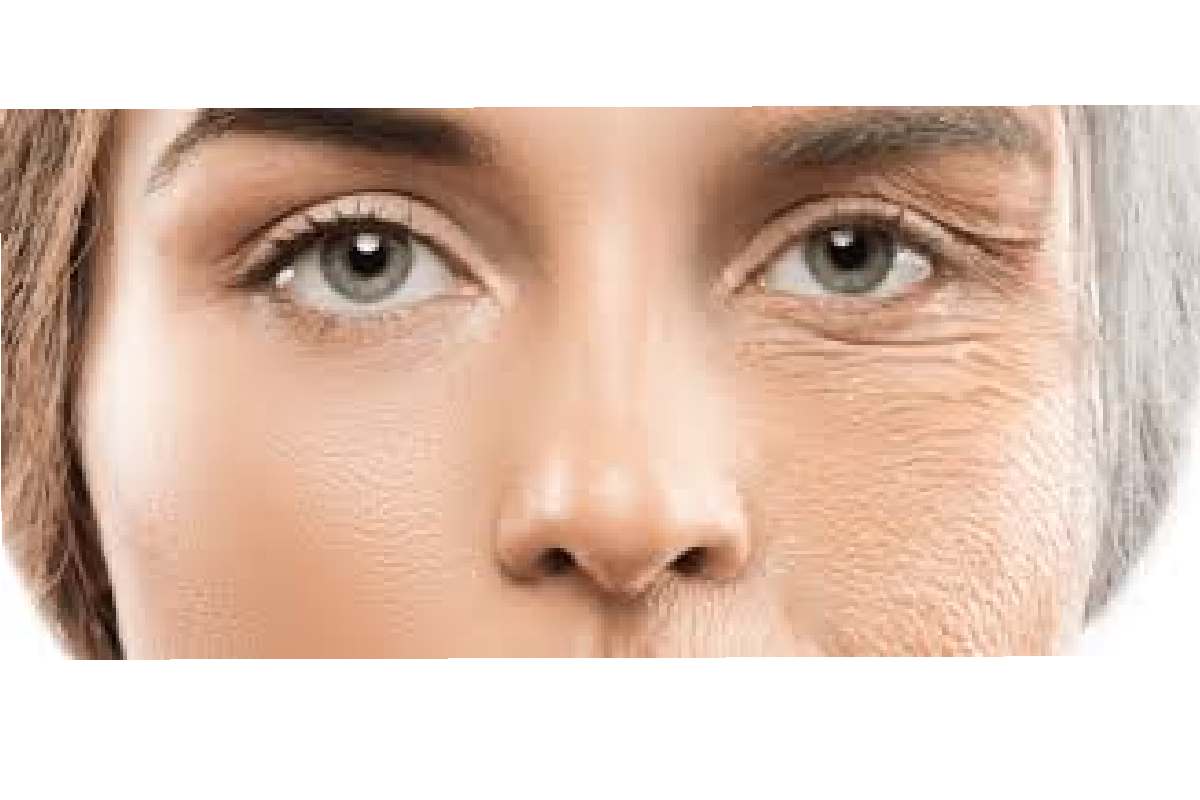The quest for youthful, radiant skin is a timeless pursuit, with a myriad of treatments available to combat the visible signs of aging. Among these, laser treatments have emerged as a frontline solution to address wrinkles and fine lines, which are often the most telling indicators of age. While creams and serums can provide some relief, none offer the level of precision and lasting effects that laser therapy does. If you’re looking to understand how you can turn back the hands of time and restore your skin’s youthful vigor, laser treatment might be your answer. Keep reading to explore the ins and outs of this revolutionary method.
Table of Contents
The Basics of Laser Skin Resurfacing for Anti-Aging
Laser skin resurfacing stands as a beacon of innovation in the field of cosmetic dermatology. By using concentrated beams of light, this treatment method precisely removes layers of skin with pinpoint accuracy. This process not only minimizes the appearance of wrinkles and fine lines but also stimulates collagen production, crucial in maintaining skin’s youthful structure.
There are two primary types of laser resurfacing: ablative and non-ablative. Ablative lasers are more intense, removing the outer layers of skin to reveal newer, smoother skin underneath. Non-ablative lasers, on the other hand, work by heating the underlying skin tissue without harming the surface, which stimulates collagen growth and results in a less invasive procedure with a shorter recovery period.
Throughout a laser resurfacing session, patients might experience a sensation akin to a rubber band snapping against their skin. However, advancements in technology have paved the way for more comfortable experiences, with many devices now incorporating cooling mechanisms to ease discomfort during treatment.
Preparing for Your Laser Treatment: What to Expect
As with any medical procedure, preparation is key to achieving the best results from your laser treatment. Prior to undergoing laser therapy, a consultation with a dermatologist or skincare professional is essential. During this appointment, the practitioner will evaluate your skin type, discuss your goals, and detail the appropriate pre-treatment regimen.
Patients may be advised to avoid certain medications and supplements that can increase the risk of bruising and to stop any treatments that might make the skin more sensitive to light. Smokers should consider quitting, as smoking can impede the healing process. Moreover, limiting sun exposure and applying a broad-spectrum sunscreen daily is crucial in the weeks leading up to the treatment.
Preparing the skin itself may involve using special topical treatments to improve results and decrease risks. For instance, retinoid creams or bleaching agents may be prescribed to prepare the skin for laser exposure, resulting in an even skin tone and promoting better healing post-treatment.
Comparing Laser Treatments: CO2, Fraxel, and PicoSure
Within the realm of laser treatments, there are several distinct options available, each with its unique advantages. CO2 lasers represent one of the oldest yet still incredibly effective technologies for deep resurfacing. They excel at treating more pronounced wrinkles and scars, though they do require a more significant recovery period.
Fraxel is a form of fractional laser therapy that targets a portion of the skin at a time, leading to a faster healing process. This treatment is well-suited for tackling fine lines, age spots, and minor blemishes while allowing for quicker recovery so patients can return to their normal activities in less time.
All these laser treatments offer varied benefits, and selection should be based on a person’s specific skin concerns, desired outcomes, and tolerance for downtime. Consulting with reputable clinics such as Marin Laser in Corte Madera, CA, can provide you with professional guidance in choosing the appropriate laser treatment for your skin needs.
Laser Treatment Aftercare and Long-Term Skin Health Maintenance
Effective aftercare is critical to ensuring the success of laser treatments. Directly after the procedure, patients should adhere strictly to the aftercare instructions provided by their clinician. This may include applying special ointments to aid healing, avoiding makeup, and staying out of direct sunlight.
The treated skin may appear red or swollen in the first few days, resembling a mild sunburn. Cool compresses and prescribed medications can help manage any discomfort during this initial healing phase. Ensuring the skin stays clean and moisturized is also paramount to preventing infections and supporting recovery.
Overall, laser treatment offers a compelling avenue for reducing the effects of aging, resulting in smoother, more youthful skin. By understanding the range of laser technologies available and the proper preparatory and aftercare steps, individuals can reap the maximum benefits from their skin investment. With advanced laser options and tailored care strategies, enduring radiant skin is not just a possibility—it’s within reach.

